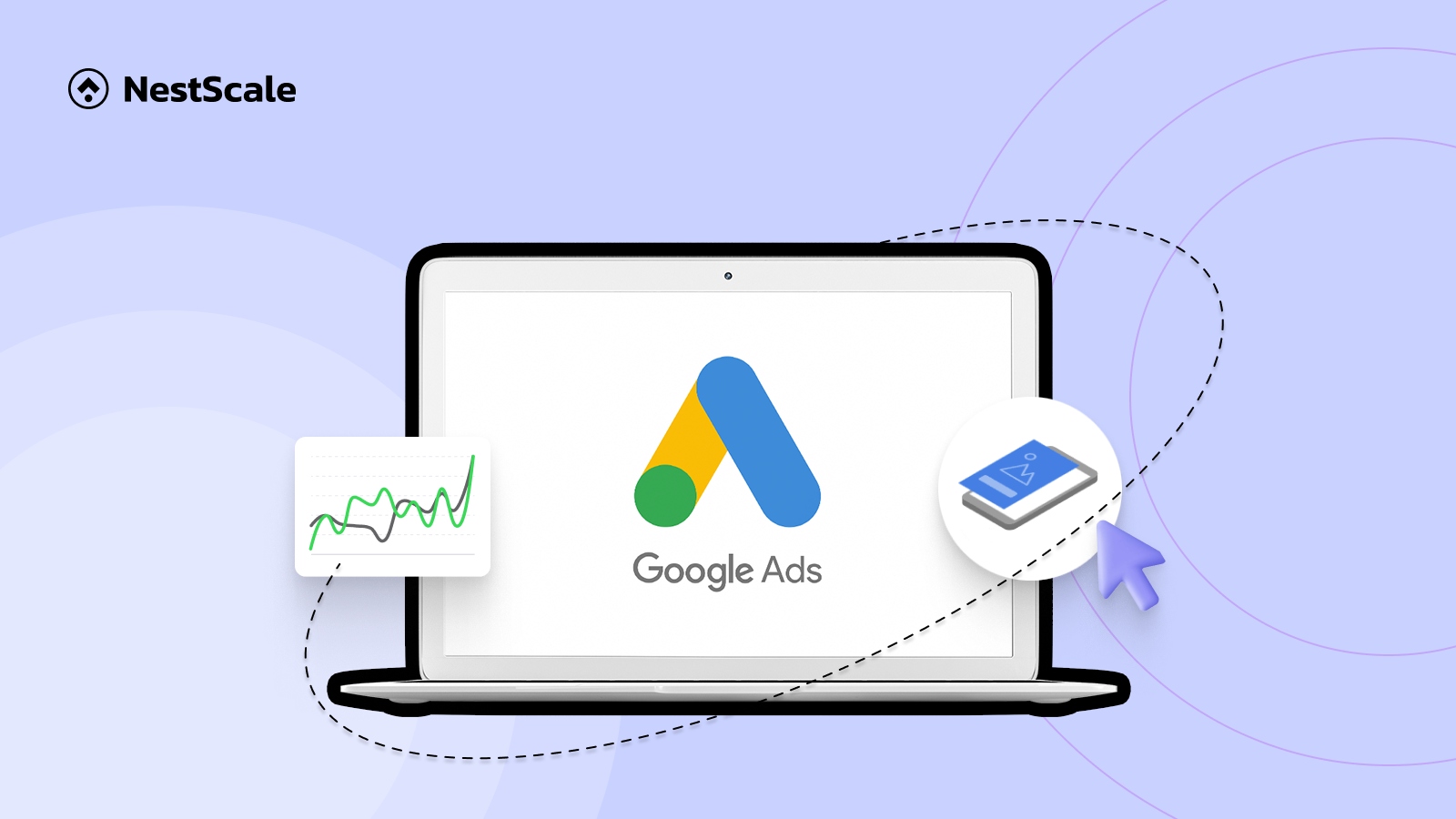If you’ve been running Google Ads for a while, you’ve likely come across the debate of Manual CPC vs. Maximize Conversions. While Manual CPC (Cost-Per-Click) bidding has been a reliable choice for advertisers, the rise of automated strategies like Maximize Conversions (Target CPA) is shifting the landscape. Now may be the time to rethink your approach and explore how automation can make your campaigns more efficient and impactful
This blog will break down the key differences between Manual CPC and Maximize Conversions. We also guide you through practical steps to switch strategies effectively. The goal is to help you optimize your campaigns, reduce wasted ad spend, and achieve better results using Google’s automation tools.
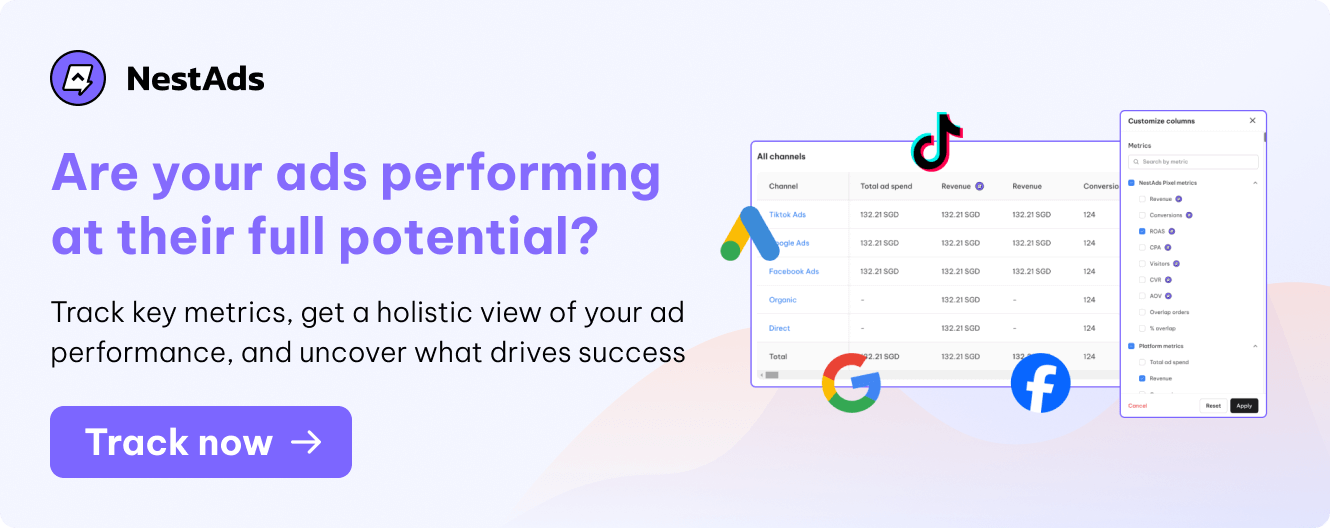
What is Manual CPC vs Maximize Conversions?
Choosing the right bidding strategy is crucial for optimizing your ad spend and achieving your marketing goals. Understanding the differences between Manual CPC and Maximize Conversions can help you make informed decisions that drive traffic and conversions for your business.
Manual CPC
Manual CPC allows advertisers to control the maximum amount they’re willing to pay per click. You manually set bids for keywords or ad groups, deciding how much you want to spend for each click to drive traffic to your store.
While Manual CPC offers complete control, it requires constant monitoring to avoid overspending on low-performing clicks. Additionally, this strategy also demands experience to adjust bids based on changing trends. Something that can quickly become overwhelming if you run multiple campaigns on various platforms.
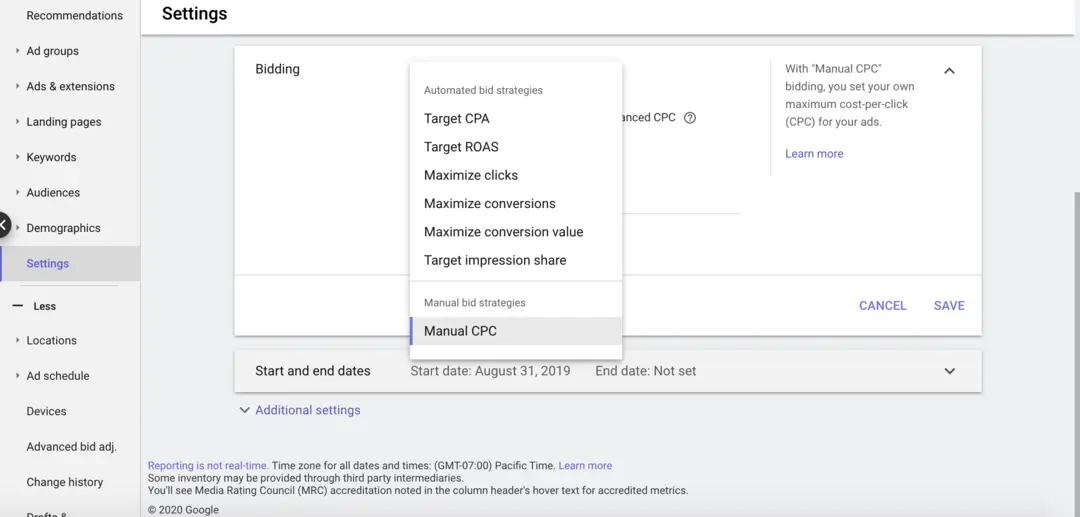
Maximize Conversions (Target CPA)
Maximize Conversions, or Target CPA bidding, is an automated bidding strategy within Google’s Smart Bidding suite. It aims to maximize conversions while keeping your cost-per-action (CPA) within a pre-defined range.
Google’s algorithm adjusts bids in real-time based on signals like user intent, time, and device, ensuring optimal ad delivery. This automated approach is becoming the new norm, significantly as Google Ads advances with machine learning-powered optimization.
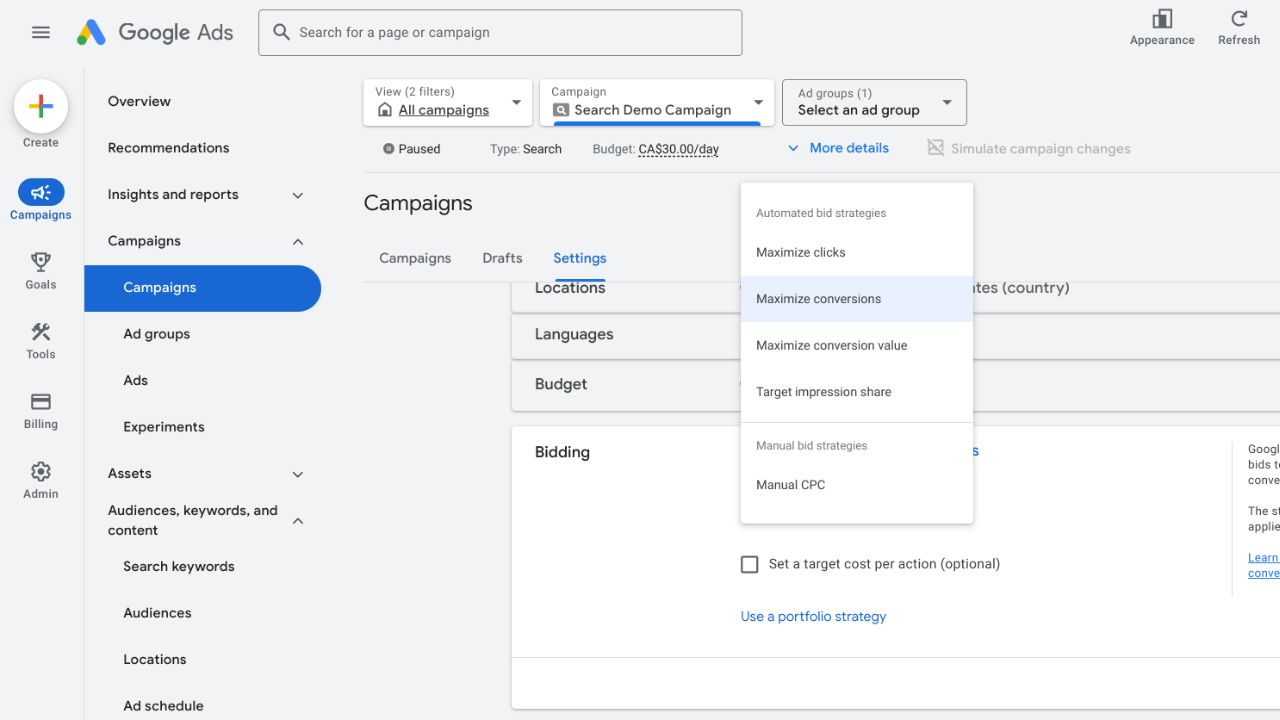
Why Manual CPC is going out of date
While it once provided advertisers with a sense of control, this approach is now struggling to keep up with advanced automation and optimization strategies. Here’s a closer look at why Manual CPC is losing its relevance.
Limited optimization capabilities
Manual CPC bidding doesn’t fully utilize Google Ads’ advanced algorithms that work with real-time data. As Google shifts more towards automated bidding, advertisers who set bids manually might miss important chances for optimization.
The algorithm can quickly analyze large amounts of data to adjust bids automatically, something that’s hard for people to do consistently. Because of this, campaigns might not perform as well as they could, and you could end up wasting money.
Inconsistent results and overspending risks
When managing bids manually, there’s a higher risk of overspending on clicks that don’t convert. Advertisers might accidentally spend their budget on less effective keywords and miss out on valuable clicks because their bids are too low.
This inconsistency can cause campaigns to perform poorly, making it difficult to measure how well the ad spend is working. In a situation where every dollar matters, these issues can hurt overall marketing success.
The shift to automation
Google Ads is increasingly prioritizing automation in its bidding strategies, making it more difficult for Manual CPC users to compete effectively. As smart bidding becomes the standard, advertisers who cling to manual methods risk being left behind. The trend is clear: platforms are moving towards solutions that leverage machine learning to optimize campaigns automatically.
Eventually, manual bidding options might go away, just like other outdated advertising strategies, forcing advertisers to adapt or get left behind in a constantly changing market. The move toward automation signifies a fundamental change in how advertising is managed, and those who resist this shift may find themselves struggling to keep up.
Tips for transitioning from manual CPC to maximize conversions
Making the leap from Manual CPC to Maximize Conversions can feel daunting, but it doesn’t have to be! With a little preparation and strategy, you can ensure a smooth transition that boosts your ad performance. Here are some friendly tips to help you get started.
Align your budget with conversion goals
Before you start, it’s important to make sure your budget matches your conversion goals. For example, if you want to achieve 100 conversions at an average cost of $10 each, your budget should be at least $1,000. This way, you’ll have enough funds to gather useful data and optimize your campaigns effectively.
Many clothing retailers used this strategy and saw a 25% increase in conversions after adjusting their budgets to reflect their goals. Initially, they struggled to see results, but once they aligned their budget with clear objectives, they were able to support successful campaigns.
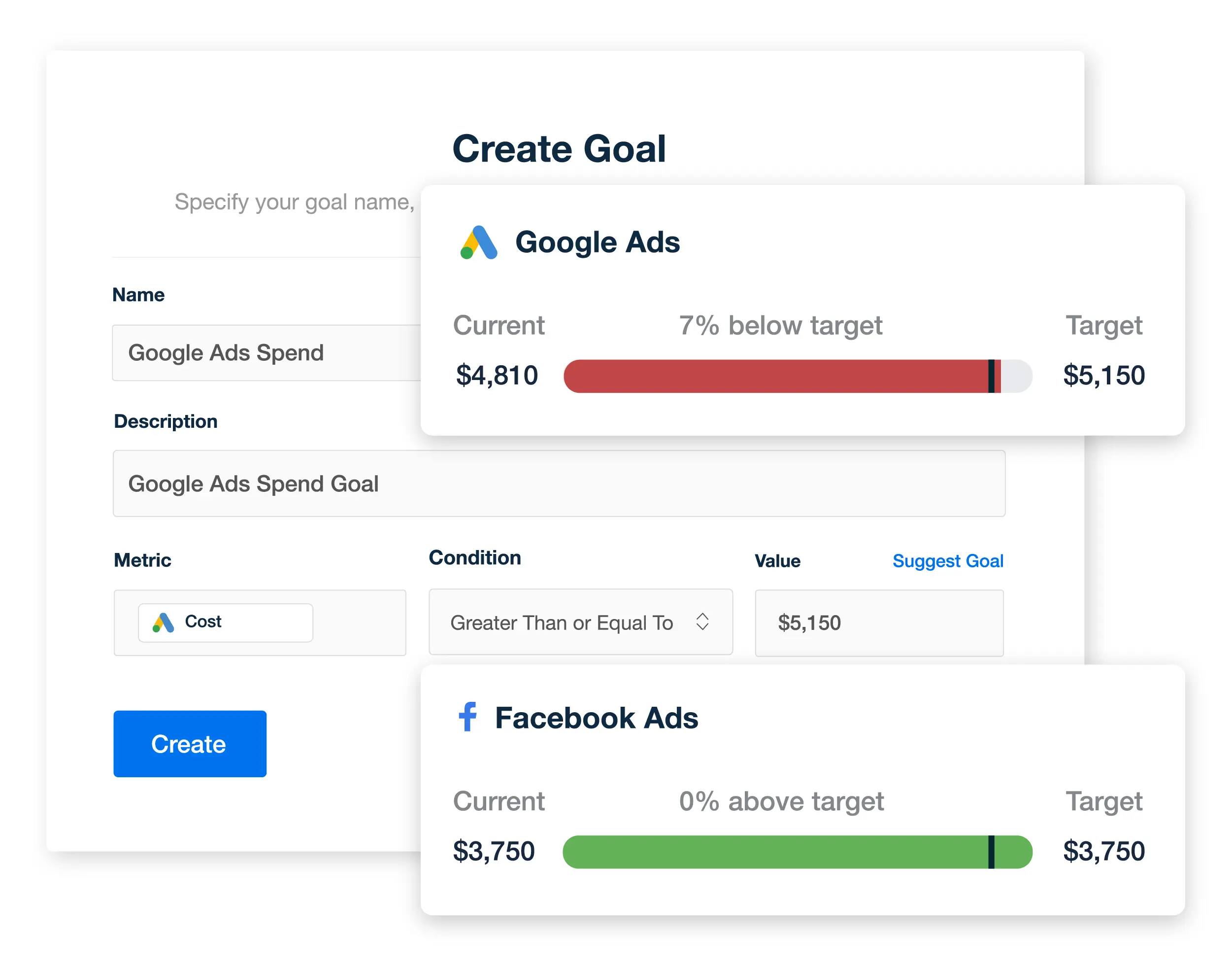
Optimize campaign structure for smart bidding
Simplifying your campaign structure is key when moving to Smart Bidding. Instead of using single-keyword ad groups (SKAGs), which can make things more complicated, try grouping similar keywords together.
For instance, a home goods company organized its campaigns by creating broader categories like “kitchen gadgets” or “bedding sets.” This change gave Google more data to work with, helping it find patterns and optimize ad delivery more effectively.
As a result, the company reduced its cost-per-click (CPC) by 30% and increased its conversion rate by 20%. By providing Google with more information, they allowed for better bidding decisions that significantly improved their campaign performance.
Expand keyword match types
Maximize Conversions can be a powerful tool for enhancing your advertising campaigns, but fine-tuning your approach is essential for achieving the best results.
When using Manual CPC, you might have focused mainly on exact match keywords for more control. However, with Maximize Conversions, it’s a good idea to expand your keyword match types. For example, a digital marketing agency switched from using only exact match keywords to including broad and phrase match keywords.
They discovered that this change allowed Google to reach potential customers searching for related terms, even if they didn’t use the exact keywords. As a result, they saw a 40% increase in traffic and a noticeable rise in conversions.
By letting Google explore different variations of keywords, they tapped into a larger audience and maximized their return on investment (ROI), showing how being flexible with keyword strategy can lead to great results.
| Looks like | Appears for | Could Match to | |
| Board match | running shoes | searches that relate to your keyword |
– tennis shoes for men – socks for running |
| Phrase match | “running shoes” | searches that include the meaning of your keyword |
– men’s running shoes – best shoes for running |
| Exact match | [running shoes] | searches that are the same meaning as your keyword | searches that relate to your keyword |
How to fine-tune campaigns using maximize conversions
Maximize Conversions is a powerful tool for improving your advertising campaigns, but it requires careful adjustments to achieve the best results. Fine-tuning this strategy ensures your ads connect with the right audience and generate valuable conversions.
Focus on user intent over strict keywords
When adopting Maximize Conversions, it’s important to prioritize user intent instead of solely relying on strict keywords. For example, if you sell fitness gear, instead of only targeting keywords like “running shoes,” consider capturing broader searches like “best shoes for jogging” or “comfortable footwear for workouts.”
This approach helps you connect with users who may be at different stages of their buying journey. By understanding their intent, you can tailor your ads to meet their needs, leading to higher-quality conversions.
Use past manual CPC data to set target CPA
Don’t overlook your past Manual CPC data; it can be invaluable for setting an effective Target CPA. For instance, if your historical data shows that you usually pay $10 per conversion for a specific product, you can set your initial Target CPA around that number.
This gives Google a solid benchmark to work from. By analyzing your past campaigns, you can identify patterns, such as which products perform best or which times of day yield more conversions. This insight allows you to set realistic targets that align with your business goals, making it easier to achieve desired results.
Provide enough data for Google to optimize
Automated strategies like Maximize Conversions need sufficient data points to work effectively. Suppose you launch a new campaign for a seasonal product, like holiday decorations. If your campaign only generates a handful of clicks during the initial days, Google may struggle to learn which audiences convert best.
To prevent this, aim for at least 15 to 30 conversions during the learning phase to help Google optimize your bids effectively. You can achieve this by running a promotion or temporarily raising your budget to gather enough data. With sufficient data, your campaign will benefit from smarter ad delivery and improved long-term performance.
Using smart bidding for long-term success
Rather than waiting for Google to fully phase out Manual CPC, it’s wise to proactively switch to automated bidding. This way, you’ll stay ahead of changes in the ad platform and maintain control over your campaigns without being forced into a sudden transition.
To get the best results with Maximize Conversions, try using a tool that centralizes performance data from Google, Facebook, and TikTok. NestAds offers a complete view of customer journeys and real-time metrics like ROAS and CPA, helping you easily fine-tune your strategy and identify the most effective ad creatives.
Manual CPC is becoming outdated as Google Ads moves toward automation. Smart bidding strategies like Maximize Conversions with Target CPA offer better results with less effort. Switching now helps optimize spending, increase conversions, and prepare your campaigns for the future. Do not let old methods hold you back.




































